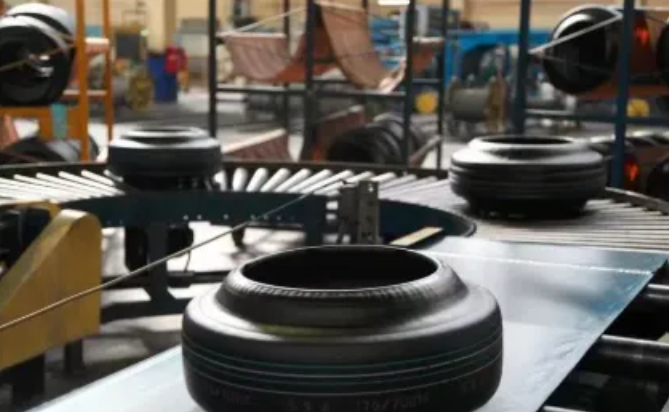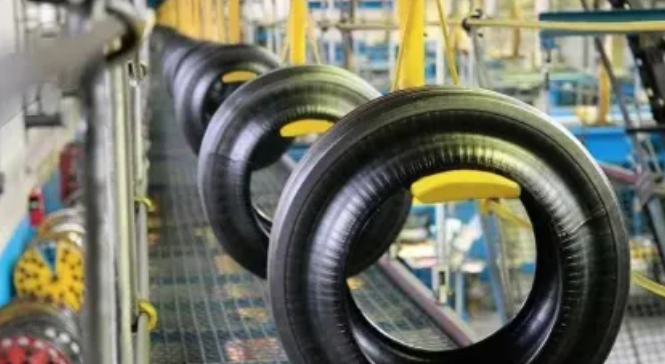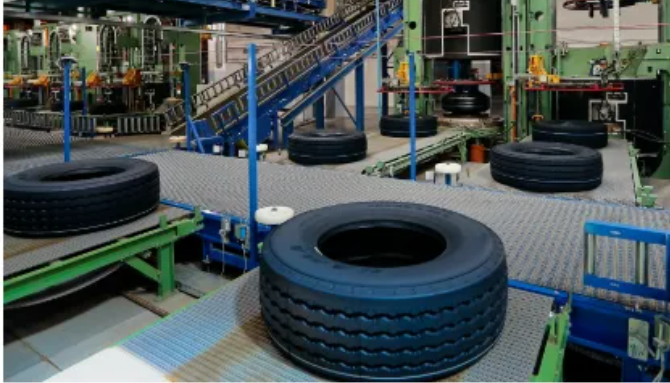Chinese tires will soon dominate the European market
Currently, sky-high production costs are impacting the European tire industry, and consumer spending pressure has dropped significantly, resulting in the region's low-priced tire import market facing potential and rapid growth opportunities.Industry analysts believe that low-priced tires, represented by China, will soon occupy the European market, and some trends are already emerging in the market.
EU demand for Chinese tires surges
Robert Simmons, managing director of LMC, published a paper titled "Covid-19, Inflation and Recession: The Changing Nature of the Tire Market" at the recent International Synthetic Rubber Producers Association annual general meeting, and pointed out that Europe A growing trend in low-priced tires has been seen.

Today, about half of all light vehicle (LV) tires on EU roads are imported; slightly less truck tires are imported, but this trend is likely to accelerate as tire prices rise across the board,
he said.According to data from the EU27 + UK, imports of medium and heavy commercial vehicle (MHCV) tires increased by 20.1% in 2021, driven by an increase in imports of low-priced tires, most notably from Turkey and Vietnam.Chinese tires accounted for 14% of imports in 2020 due to EU anti-dumping duties, compared with 65% in 2017, Simmons said, noting that tire imports from China still increased by about 4.5% last year.
Now, with fuel prices rising and incomes falling, stressed EU consumers are more likely to look for cheaper tires, but it's not just lower quality and smaller rim sizes.Simmons said: "Low-priced tires are no longer just low-quality tires, but better-quality tires that support low-priced imports in the market. This is no longer the case, and the quality of those low-priced tires has improved." He continued: "With the development of the tire industry, the era when low-priced Chinese tires only served the 14-16-inch market has passed. Now, about half of 17-18-inch tires come from regions that produce low-priced tires."

The EU has not yet imposed tariffs on light vehicle tires from China, which currently accounts for about 50% of imports of these tires, Simmons said, adding that about a quarter of such tires on the road now come from China.Meanwhile, tires from other countries also increased significantly, including Thailand and South Korea, albeit from a lower base.In the truck tire market, after the EU imposed anti-dumping duties in 2017, China's import volume dropped from 60% to about 10%.
EU desperate to find Russia's replacement
Regarding the situation between Russia and Ukraine, Simmons said that before the conflict, Russia exported nearly 20 million tires to Europe every year, about half of which were shipped to the EU.With EU sanctions, this level will drop to zero."Europe has to look for lost production capacity from Russia, and it is high-quality production capacity, mainly from Nokian, Pirelli and some Continental tires. In addition, Europe exports about 3 million tires to Russia, mainly from Germany, Poland and Hungary , so these companies need to find new markets."

Regarding the situation between Russia and Ukraine, Simmons said that before the conflict, Russia exported nearly 20 million tires to Europe every year, about half of which were shipped to the EU.With EU sanctions, this level will drop to zero."Europe has to look for lost production capacity from Russia, and it is high-quality production capacity, mainly from Nokian, Pirelli and some Continental tires. In addition, Europe exports about 3 million tires to Russia, mainly from Germany, Poland and Hungary , so these companies need to find new markets."
 Meanwhile, Chinese tire manufacturers continue to produce and need to find markets for these tires.Over the past 18 months, China's automotive tire exports have risen to record levels, especially truck tires."These exports are basically sold anywhere in the world market."
Meanwhile, Chinese tire manufacturers continue to produce and need to find markets for these tires.Over the past 18 months, China's automotive tire exports have risen to record levels, especially truck tires."These exports are basically sold anywhere in the world market."
Indian car and truck tire production has also risen to record levels, and they have been able to find new export markets for passenger car and truck tires.
Simmons concluded: "With consumer spending under pressure, it will be necessary to monitor changes in the level of low-priced tire imports over the next year or so, as well as the extent of production competition and relocation, especially in developed markets." The fundamental reason for the surge in tire demand is geopolitical issues, which may be temporary.Only by improving quality and performance and building brand awareness can Chinese tires remain in the world's tire industry for a long time.


